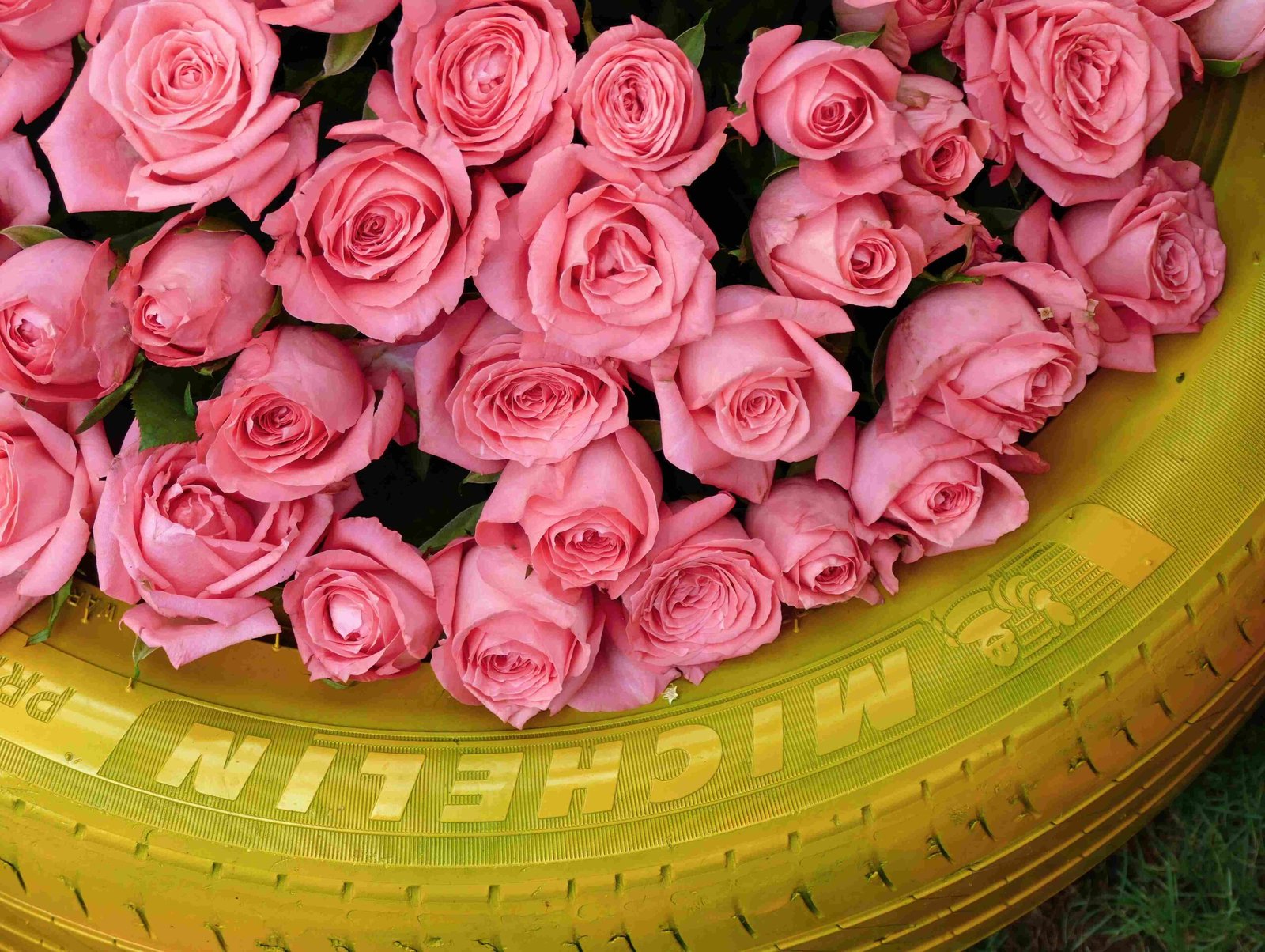What is the Ideal Pot Size for Miniature and Dwarf Roses?

For miniature and dwarf roses, a minimum pot size of 12-18 inches in diameter and 9-12 inches in depth is recommended. However, for better growth, pots with dimensions of 15-20 inches in diameter and 12-15 inches in depth are ideal[1][2][4].
What is the Ideal Pot Size for Hybrid Tea and Shrub Roses?

Hybrid tea and shrub roses require larger pots. A minimum size of 18-24 inches in diameter and 18-24 inches in depth is suggested. For optimal growth, pots with dimensions of 24-36 inches in diameter and 24-30 inches in depth are preferred[1][3][5].
What is the Ideal Pot Size for Climbing Roses?
Climbing roses need even larger containers to accommodate their extensive root system. A minimum pot size of 24-36 inches in diameter and 24-36 inches in depth is necessary. However, for better performance, pots with dimensions of 36-48 inches in diameter and 36-48 inches in depth are recommended[1][2][5].
How Does Pot Size Impact Watering and Nutrient Requirements?
- Watering Frequency: Larger pots retain more soil and moisture, reducing the need for frequent watering. Smaller pots, however, may require watering every 2-3 days in hot weather and once a week in cooler weather. It is crucial to check the soil moisture by inserting your finger about an inch deep; if it feels dry, it’s time to water[3][4].
- Nutrient Requirements: Larger pots provide more soil volume, which can hold more nutrients. Regular feeding with a balanced liquid fertilizer every couple of weeks during the growing season is essential. Additionally, top-dressing the pot with fresh compost every other year helps maintain nutrient levels[2][3].
What are the Recommended Pot Sizes and Space-Saving Tips for Urban Settings?
- Compact Varieties: For urban settings with limited space, compact rose varieties such as patio or miniature roses are ideal. These can thrive in smaller pots (minimum 12-18 inches in diameter and 9-12 inches in depth)[2][4].
- Vertical Gardening: Climbing roses can be grown in smaller floor space by using trellises or pillars, allowing the plants to grow vertically[1][5].
- Pot Placement: Place pots on bricks or pot feet to ensure good drainage and raise them to improve air circulation around the roots[2][3].
What are the Recommended Pot Materials and Their Impact?
- Terracotta: Terracotta pots are porous, allowing better airflow to the roots but can dry out quickly. They are a good choice but require more frequent watering[3].
- Ceramic: Similar to terracotta, ceramic pots offer good airflow but can be heavier and more durable.
- Heavy Plastic: Plastic pots are lightweight, retain moisture better, and provide insulation but may not offer as much airflow as terracotta or ceramic pots[3].
What are the Key Features to Look for in Pots for Roses?
While there are no specific brands or models highlighted in the sources, the key features to look for include:
– Drainage Holes: Ensure the pot has several holes at the bottom for good drainage to prevent waterlogging[4].
– Material: Choose durable materials like terracotta, ceramic, or heavy plastic[3].
– Size and Depth: Select pots that match the recommended dimensions for the specific rose variety[1][2][5].
References
[1] https://www.tacomarosesociety.org/roses-in-pots/
[2] https://www.gardenersworld.com/how-to/grow-plants/guide-to-growing-roses-in-pots/
[3] https://www.tacomarosesociety.org/choosing-the-best-pots-for-roses/
[4] https://www.gardenersworld.com/how-to/grow-plants/guide-to-growing-roses-in-pots/
[5] https://www.tacomarosesociety.org/roses-in-pots/
